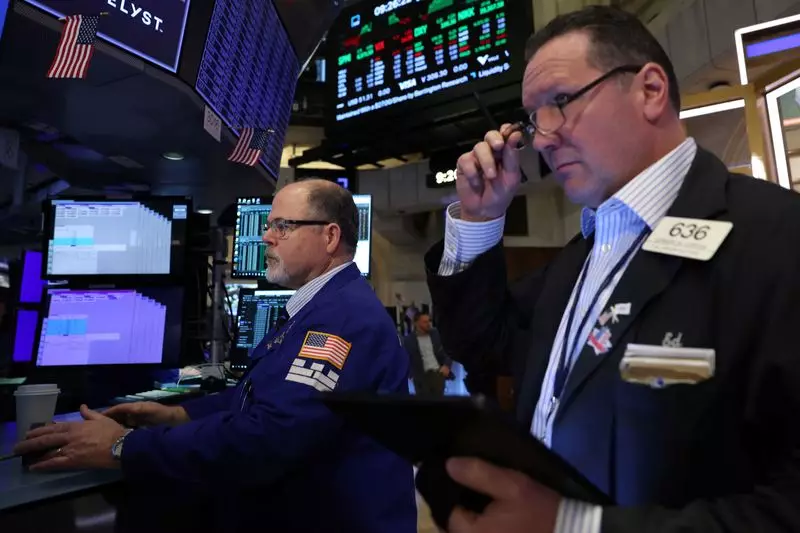As U.S. stock market participants look towards the future, the anticipation of economic data releases and potential policy changes under the new Trump administration dominate discussions. This article delves into the current trends in the stock market, the implications of upcoming policies, and how these factors shape investor sentiment and behavior.
On a recent Friday morning, U.S. stock index futures experienced a slight uptick. Specifically, the Dow E-minis increased by 85 points (0.20%), the S&P 500 E-minis rose by 16.25 points (0.27%), and the Nasdaq 100 E-minis climbed by 85.25 points (0.40%). Despite these marginal advancements, the prior week revealed a troubling pattern on Wall Street. Each of the three principal indexes concluded the week in negative territory, disrupting the long-held historical trend of market rallies occurring during the late December and early January periods. As economic data looms, investors remain cautious amidst a turbulent start to the new year.
Investor sentiments are further complicated by the forthcoming policy adjustments anticipated from the newly elected Trump administration. As the Republican party solidifies its dominance in Congress, there is increasing speculation regarding the direction of economic policies. President Trump’s promises concerning tax reductions, regulatory reforms, and stricter immigration controls present a mixed bag; while these could foster corporate growth and overall economic health, they pose risks of inflation and complicate the Federal Reserve’s monetary policy strategies.
This uncertainty surrounding potential economic reforms brings forth an uncharacteristically cautious atmosphere in the markets. The yield on the 10-year Treasury note remains close to 4.5%, which many see as a psychological threshold. Concurrently, market observers are focused on a broader spectrum of macroeconomic indicators, particularly the anticipated manufacturing activity report from ISM and forthcoming employment data, both of which could provide critical insights into economic resilience.
Financial analysts are increasingly expressing concern over stretched equity valuations, suggesting that a shake-up might be necessary to calibrate market expectations. However, there remains a prevailing belief that U.S. stocks can continue to ascend in value, primarily driven by robust corporate earnings anticipated in the upcoming regime of quarterly reports. The performance of key stocks, such as Tesla, which rebounded by 1.1% in premarket trading after a prior decline, reflects a persistent volatility in the market. Notably, however, U.S. Steel’s shares plummeted by 8.2% following news of the Biden administration rejecting a significant merger bid, which may further signal the challenges companies could face amid shifting political currents.
As investors prepare for the release of U.S. automobile sales figures for December, they grapple with a mix of optimism and skepticism. The overall trading environment has been impacted significantly by the holiday season, leading to subdued trading volumes and a sense of hesitance among market players. The recent weeks’ performances have incited conversations around risk assessment and portfolio adjustments, raising questions about the near- and long-term strategies that investors might adopt.
The health of the U.S. economy and the stock market’s trajectory remain deeply intertwined with both data-driven insights and anticipated policy changes. As the new administration steps into power, investors will closely monitor the implications of these policies on corporate profitability and market stability. With several key reports on the horizon, including manufacturing data and critical employment figures, the coming weeks will be crucial for any signs pointing toward clarity or continued uncertainty in the financial landscape. Thus, market players find themselves at a pivotal junction, necessitating a careful balancing act between optimism for economic rejuvenation and caution against the undercurrents of an unpredictable financial environment.

